Home>Furniture & Design>Interior Design Trends>Why Is There A Glass Marble In Spray Paint
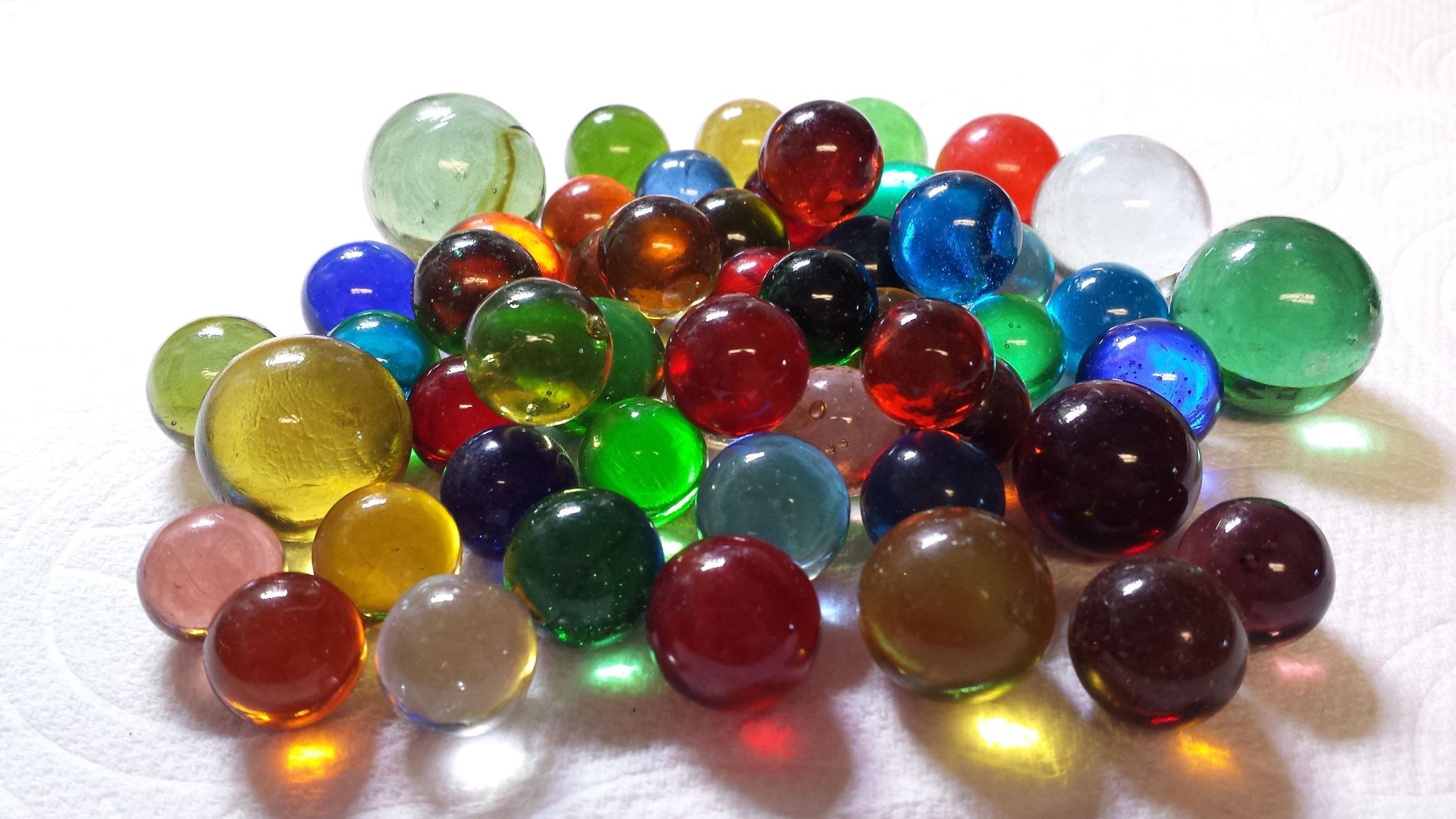

Interior Design Trends
Why Is There A Glass Marble In Spray Paint
Modified: August 30, 2024
Discover the latest interior design trends and find out why glass marbles are used in spray paint for a unique finish. Explore innovative techniques and ideas for your home decor.
(Many of the links in this article redirect to a specific reviewed product. Your purchase of these products through affiliate links helps to generate commission for Storables.com, at no extra cost. Learn more)
Introduction
Spray paint has become an indispensable tool for artists, DIY enthusiasts, and professionals in various industries. Its versatility and ease of application have revolutionized the way surfaces are coated and transformed. However, have you ever wondered about the small glass marble found inside a spray paint can? This seemingly inconspicuous component plays a crucial role in the functionality and performance of spray paint, contributing to its widespread use and effectiveness.
The presence of a glass marble in spray paint cans is not merely a random inclusion; rather, it serves a specific purpose that impacts the spray paint's usability and quality. Understanding the significance of this seemingly insignificant element can provide valuable insights into the intricate mechanics of spray paint technology and its evolution over time.
In this article, we will delve into the history of spray paint, explore the role of glass marbles in spray paint, highlight the benefits of using glass marbles in spray paint technology, and contemplate the future advancements in this innovative field. By unraveling the mysteries behind the glass marble in spray paint, we can gain a deeper appreciation for the art and science of aerosol paint application.
Key Takeaways:
- Glass marbles in spray paint cans help keep the paint mixed and prevent clogging. They make sure the paint comes out smoothly and evenly, making it easier for people to use spray paint for their projects.
- In the future, spray paint technology might use different materials for the marbles to be more eco-friendly. They could also make the marbles work even better and reduce waste, making spray painting even more efficient and sustainable.
Read more: How To Spray Paint Glass Vases
The History of Spray Paint
The history of spray paint dates back to the late 19th century when the concept of aerosolized paint first emerged. In 1899, the Norwegian engineer, Eric Rotheim, invented the first aerosol can, which was initially intended for dispensing liquid medication. However, it wasn't until the 1940s that the modern aerosol spray can, as we know it today, was developed for commercial use. The innovative design of the aerosol can, coupled with the pressurized propellant system, paved the way for the widespread adoption of spray paint across various industries.
During the post-World War II era, spray paint gained popularity as a convenient and efficient method for applying paint to surfaces. Its versatility and ability to cover large areas quickly made it a favored choice for automotive manufacturers, artists, and homeowners alike. The introduction of spray paint revolutionized traditional painting techniques, offering a more streamlined and precise approach to coating surfaces.
In the 1960s, the emergence of graffiti art in urban environments propelled the use of spray paint as a medium for artistic expression. Graffiti artists embraced the aerosol can as a tool for creating vibrant murals and intricate designs, contributing to the cultural significance of spray paint as a form of urban art.
The evolution of spray paint technology continued throughout the 20th century, with advancements in nozzle design, paint formulations, and color options. The development of low-pressure and high-pressure aerosol systems further expanded the capabilities of spray paint, enabling finer control over paint application and achieving desired finishes.
In recent years, environmental concerns have driven the innovation of eco-friendly and low-VOC (volatile organic compound) spray paint formulations, aligning with sustainable practices and regulations. Additionally, the integration of advanced nozzle technologies and ergonomic designs has enhanced the user experience, making spray paint more accessible and user-friendly.
The history of spray paint reflects a journey of innovation, creativity, and technological advancements, shaping its role as a versatile and indispensable tool in the realms of art, design, and industrial applications. As we continue to explore the evolution of spray paint, it is essential to recognize the enduring impact of this transformative invention on modern painting practices and creative expression.
The Role of Glass Marbles in Spray Paint
The inclusion of glass marbles in spray paint cans serves a pivotal role in maintaining the integrity and functionality of the aerosolized paint. Positioned within the can, the glass marble acts as an agitator, facilitating the mixing and homogenization of the paint formulation. As the can is shaken or agitated, the glass marble moves within the container, effectively stirring the paint and preventing settling or separation of the pigments and solvents.
The agitating action of the glass marble ensures that the paint components remain uniformly blended, preventing the formation of sediment or uneven consistency within the can. This consistent mixing is essential for achieving a smooth and even spray pattern during application, allowing for a uniform distribution of paint onto the target surface. Without the presence of the glass marble, the paint formulation would be prone to stratification, leading to potential clogging of the spray nozzle and inconsistent spray coverage.
Furthermore, the glass marble aids in maintaining the viscosity of the paint, preventing the pigments and binders from settling at the bottom of the can. This crucial function ensures that the paint remains in a fluid state, ready for immediate use when the aerosol can is activated. By preventing the settling of heavier components, such as pigments, the glass marble contributes to the overall usability and reliability of the spray paint, enabling consistent performance with each spray.
In addition to its role as an agitator, the glass marble also serves as a barrier, helping to minimize the potential for splashing or spilling of the paint during handling and transportation. The presence of the marble within the can creates a buffer zone that reduces the likelihood of paint leakage or excessive agitation, preserving the integrity of the product and enhancing user safety.
Overall, the incorporation of glass marbles in spray paint cans exemplifies the meticulous engineering and attention to detail in aerosol paint technology. By ensuring the uniformity and stability of the paint formulation, the glass marble contributes to the reliability, performance, and user experience of spray paint, underscoring its indispensable role in the functionality of this widely utilized painting medium.
This section provides a comprehensive overview of the pivotal role played by glass marbles in spray paint, shedding light on their multifaceted contributions to the efficacy and usability of aerosolized paint formulations.
The Benefits of Using Glass Marbles in Spray Paint
The inclusion of glass marbles in spray paint cans offers a myriad of benefits that significantly enhance the usability, performance, and reliability of aerosolized paint formulations. These benefits underscore the integral role of glass marbles in maintaining the quality and functionality of spray paint, contributing to a seamless and efficient painting experience for users across diverse applications.
1. Consistent Paint Quality
Glass marbles play a crucial role in ensuring the uniformity and consistency of paint formulations within aerosol cans. By serving as agitators, these marbles facilitate the continuous mixing of paint components, preventing settling and stratification. This consistent blending maintains the integrity of the paint, ensuring that pigments, binders, and solvents remain uniformly dispersed. As a result, users can rely on the consistent quality of the paint, achieving predictable and desirable results with each spray.
Read more: How To Paint Marble Fireplace
2. Prevents Clogging and Blockages
The agitating action of glass marbles helps prevent the accumulation of sediments and pigments at the bottom of spray paint cans. This proactive prevention of settling minimizes the risk of clogging the spray nozzle, ensuring uninterrupted paint flow during application. By maintaining a homogeneous paint consistency, glass marbles contribute to the smooth and reliable operation of aerosolized paint, mitigating the potential for blockages that could impede the spraying process.
3. Enhanced User Experience
The presence of glass marbles in spray paint cans contributes to a user-friendly experience, allowing for effortless paint dispersion and application. The consistent mixing facilitated by the marbles ensures that the paint is readily available for immediate use, eliminating the need for extensive shaking or manual stirring before each application. This convenience streamlines the painting process, saving time and effort for users while promoting a seamless and efficient workflow.
4. Improved Shelf Life
Glass marbles aid in preserving the longevity and stability of spray paint formulations by preventing settling and separation of paint components. This preservation of paint integrity extends the shelf life of aerosol cans, ensuring that the paint remains viable and usable over an extended period. By maintaining the quality of the paint for prolonged durations, glass marbles contribute to the economic value and reliability of spray paint products, minimizing waste and maximizing usability.
5. Minimizes Waste and Spillage
The presence of glass marbles acts as a safeguard against paint spillage and wastage during handling and transportation. By creating a buffer zone within the can, the marbles reduce the risk of excessive agitation and splashing, preserving the contents and minimizing the potential for product loss. This protective function enhances the overall efficiency and sustainability of spray paint usage, minimizing environmental impact and promoting responsible paint application practices.
In summary, the benefits of using glass marbles in spray paint underscore their indispensable role in optimizing the functionality, usability, and longevity of aerosolized paint formulations. By contributing to consistent paint quality, preventing clogging, enhancing user experience, extending shelf life, and minimizing waste, glass marbles elevate the overall performance and value of spray paint, reinforcing their significance in the realm of paint technology and application.
Read more: How To Make Glass Marbles
The Future of Glass Marbles in Spray Paint Technology
As the realm of paint technology continues to evolve, the role of glass marbles in spray paint is poised to undergo further advancements and innovations, shaping the future landscape of aerosolized paint formulations. The integration of cutting-edge materials, engineering techniques, and sustainability-driven practices will play a pivotal role in redefining the functionality and utility of glass marbles within spray paint cans.
One of the key areas of focus for the future of glass marbles in spray paint technology lies in the exploration of alternative materials that offer enhanced performance and environmental benefits. Research and development efforts are likely to explore the use of advanced polymers, bio-based materials, or recyclable substitutes to replace traditional glass marbles. By leveraging materials that align with eco-conscious initiatives and circular economy principles, the future iterations of glass marbles can contribute to reducing environmental impact while maintaining their critical role as agitators and stabilizers within spray paint formulations.
Furthermore, advancements in manufacturing processes and precision engineering are expected to refine the design and functionality of glass marbles, optimizing their agitating capabilities and compatibility with a diverse range of paint formulations. The incorporation of micro-engineered features or surface modifications on glass marbles may enhance their mixing efficiency, ensuring thorough dispersion of paint components and minimizing settling, thereby elevating the overall quality and performance of aerosolized paints.
In line with the industry's commitment to sustainability and resource efficiency, the future of glass marbles in spray paint technology may witness the implementation of smart packaging solutions that optimize the use of materials and minimize waste. This could involve the development of modular or refillable aerosol can systems that integrate innovative agitator mechanisms, reducing the reliance on single-use glass marbles and promoting a more sustainable approach to aerosol paint packaging.
Moreover, advancements in digital manufacturing and additive manufacturing technologies may open new avenues for customizing the properties and functionalities of glass marbles, tailoring them to specific paint formulations and application requirements. This personalized approach to agitator design could lead to optimized paint performance, reduced material consumption, and enhanced user experiences, reflecting the dynamic evolution of glass marbles in the context of spray paint technology.
As the industry continues to embrace technological innovation and sustainability-driven practices, the future of glass marbles in spray paint technology holds the promise of delivering enhanced performance, environmental stewardship, and user-centric solutions, reinforcing their integral role in the evolution of aerosolized paint formulations.
This forward-looking perspective on the future of glass marbles in spray paint technology sets the stage for continued advancements and transformative developments that will shape the next generation of aerosolized paint applications, underscoring the enduring relevance and potential of this seemingly modest yet indispensable component.
Frequently Asked Questions about Why Is There A Glass Marble In Spray Paint
Was this page helpful?
At Storables.com, we guarantee accurate and reliable information. Our content, validated by Expert Board Contributors, is crafted following stringent Editorial Policies. We're committed to providing you with well-researched, expert-backed insights for all your informational needs.
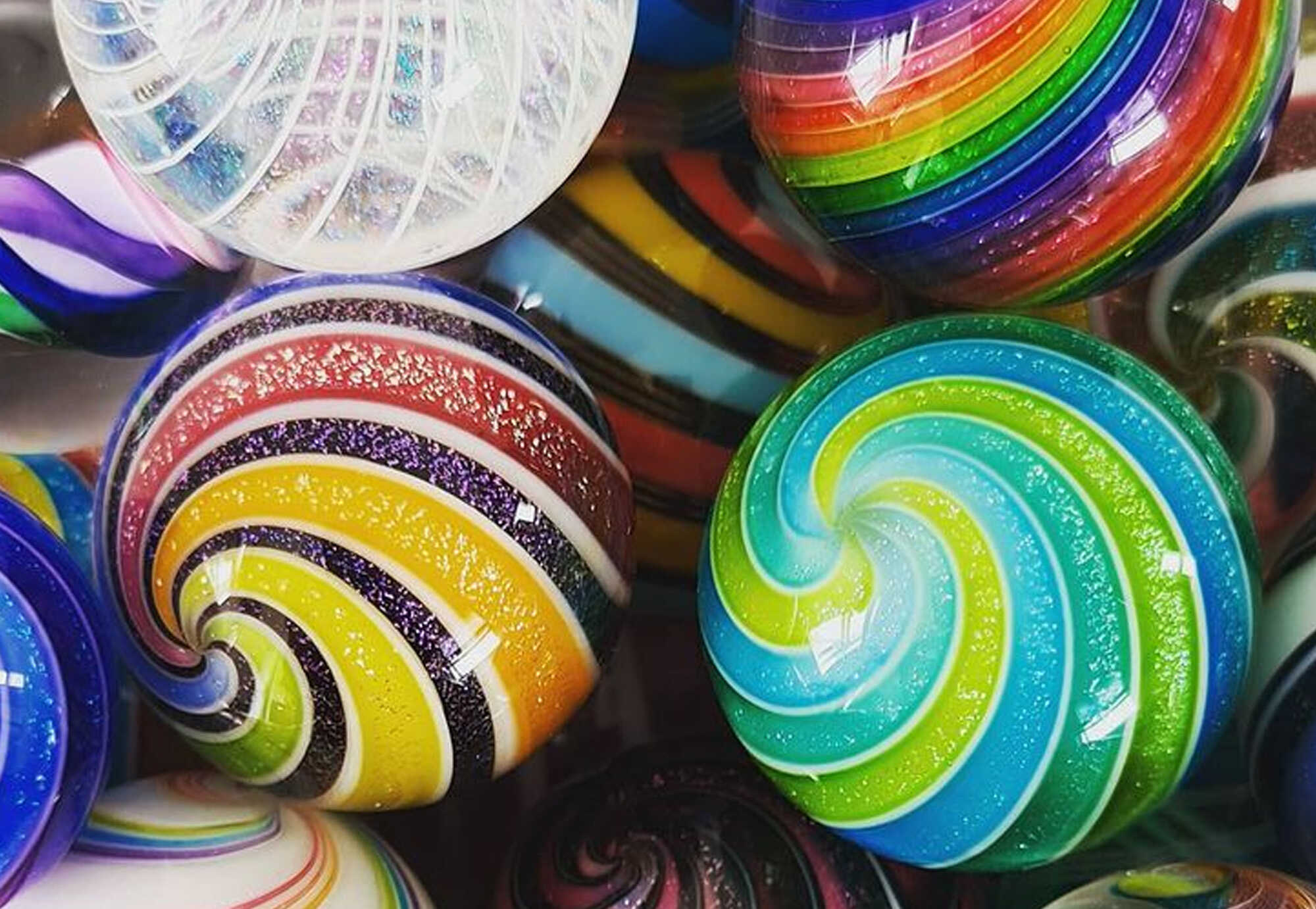
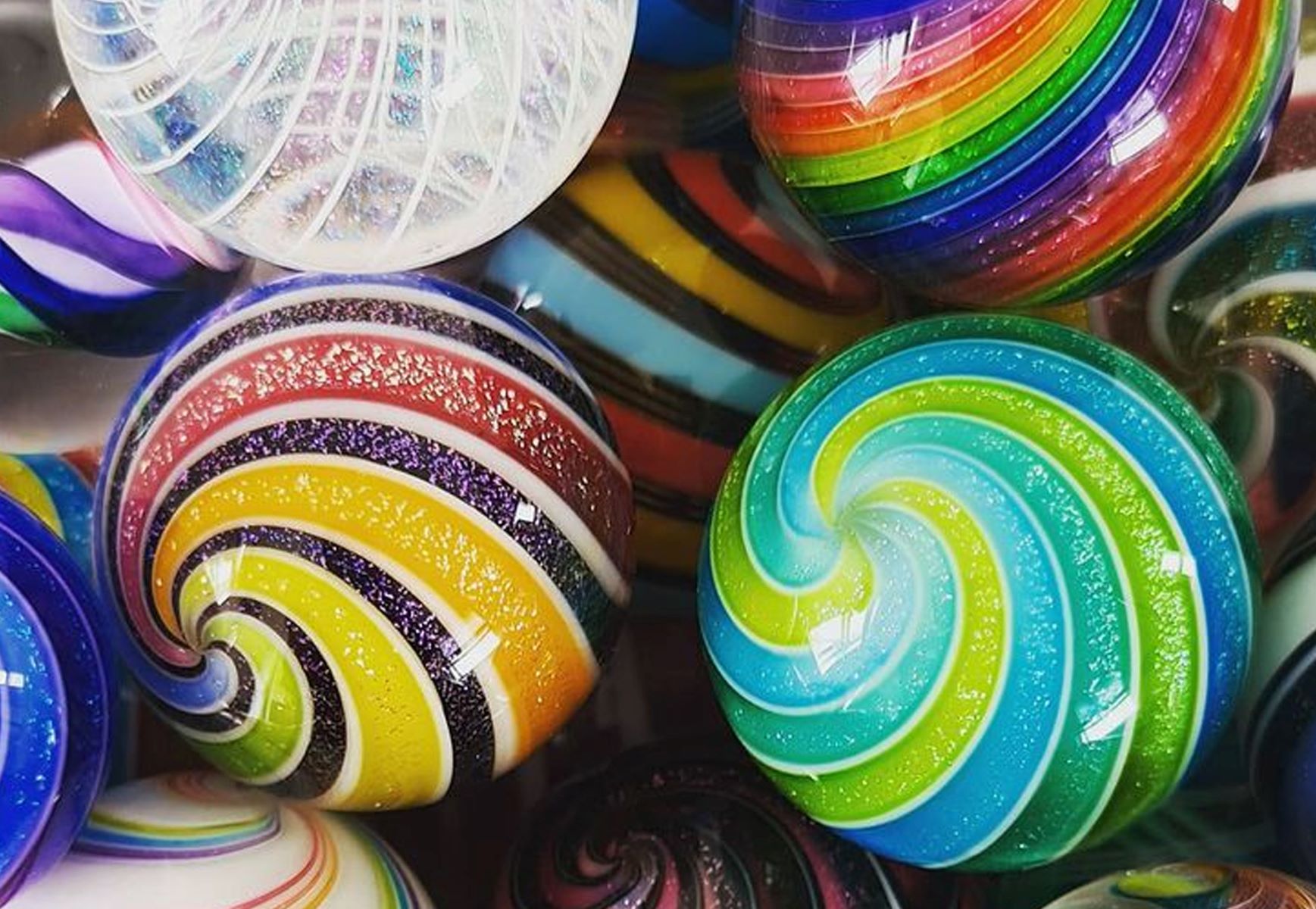
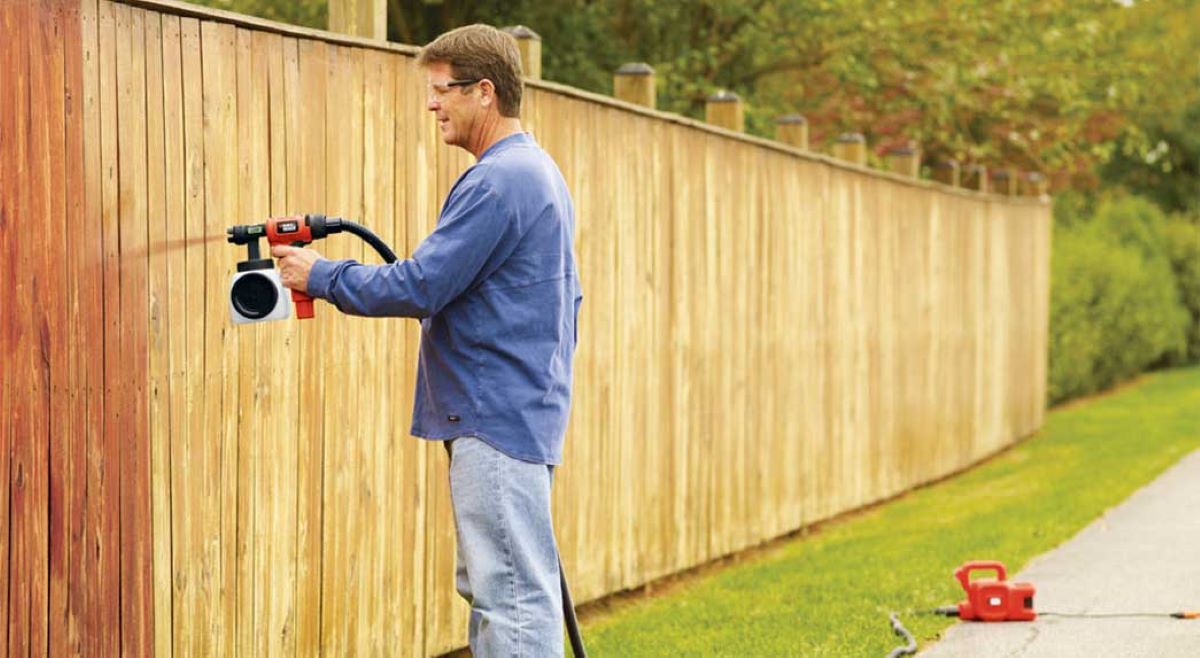

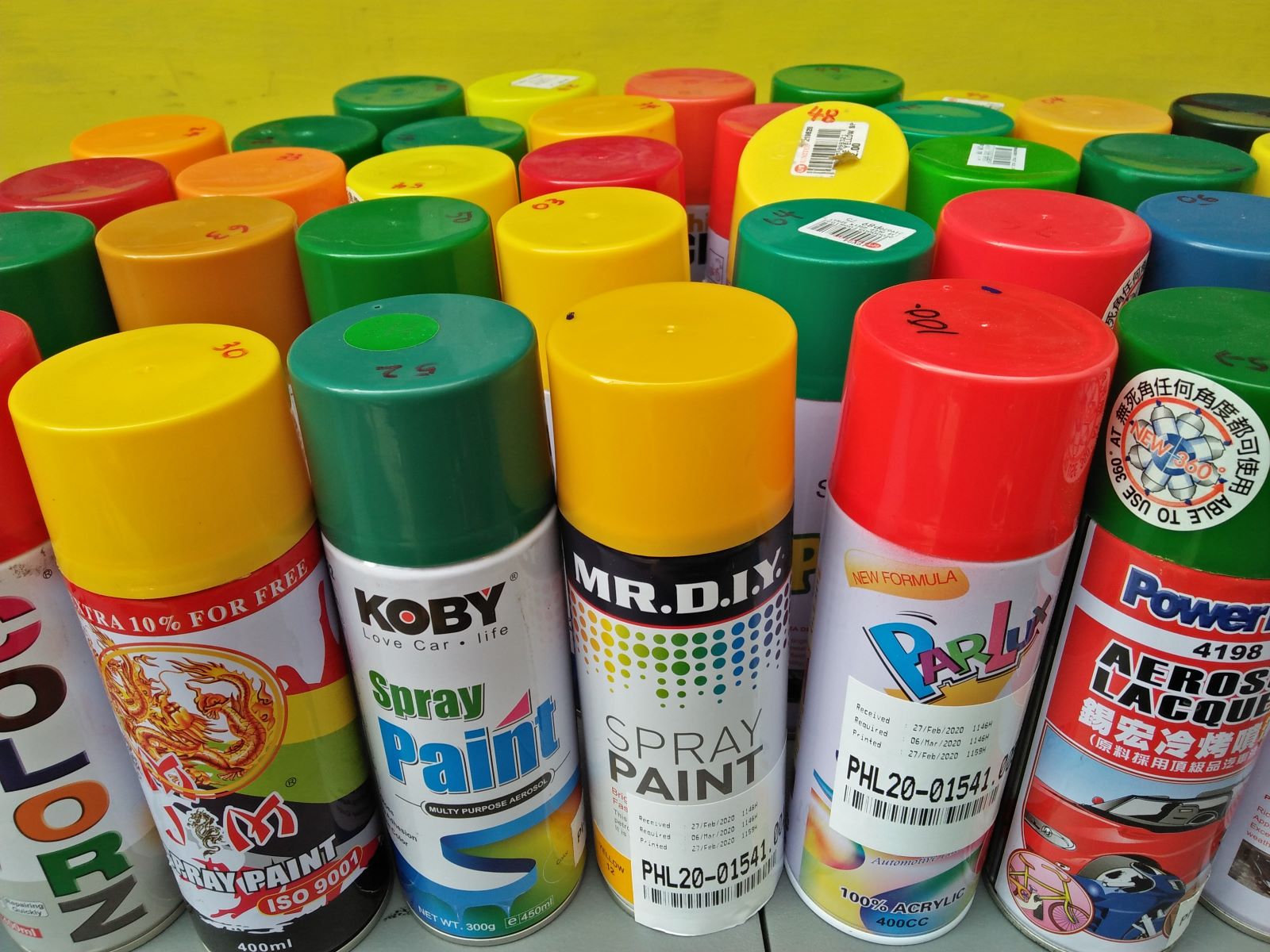
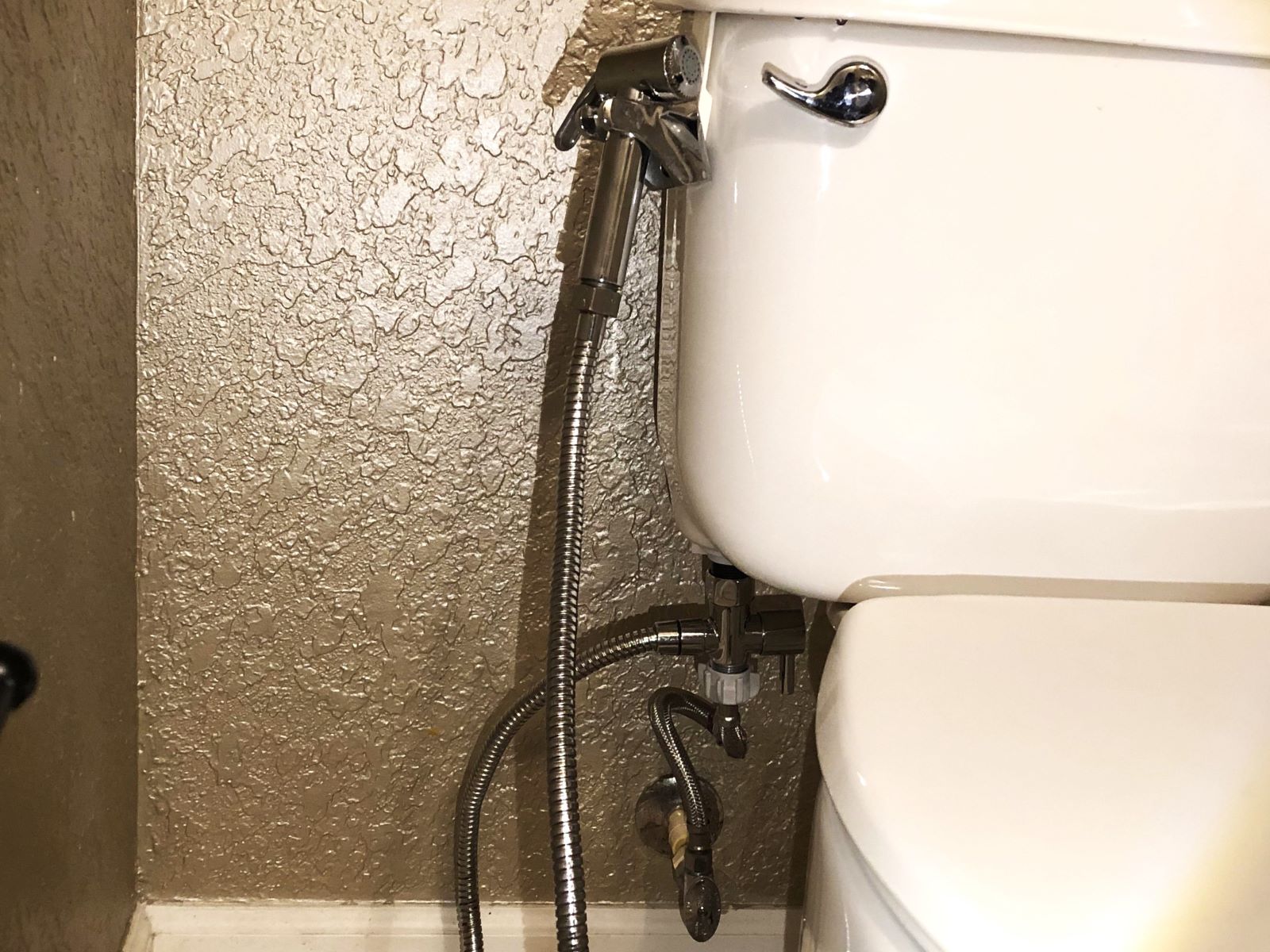


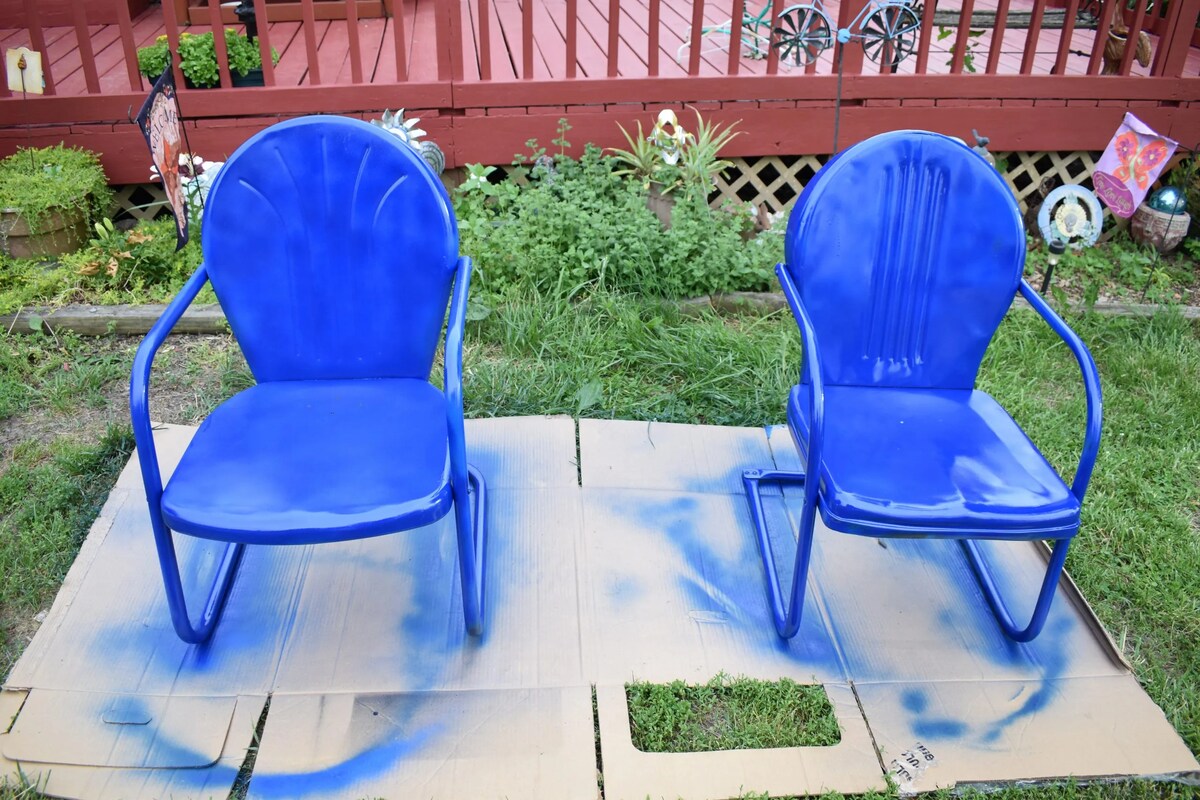
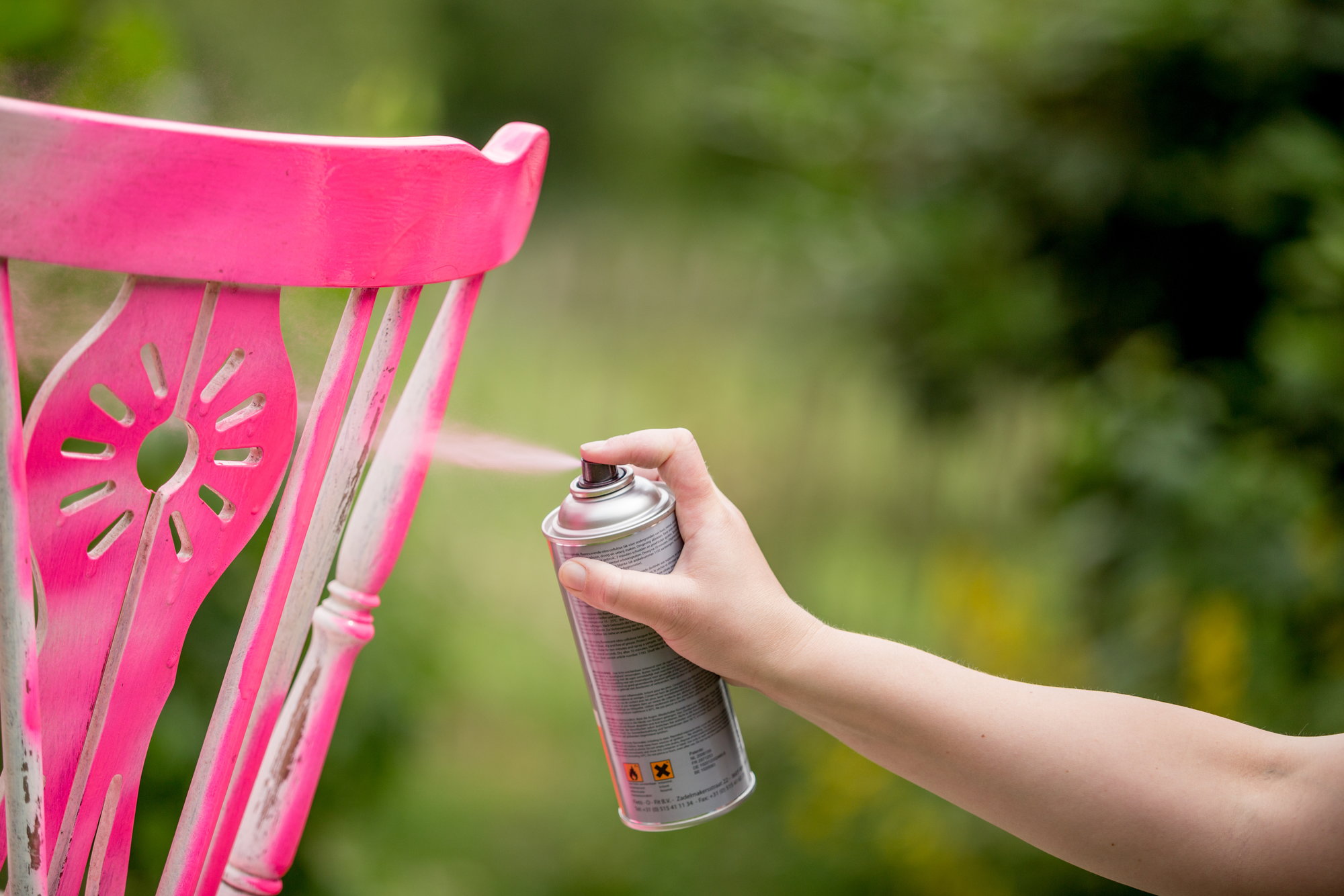
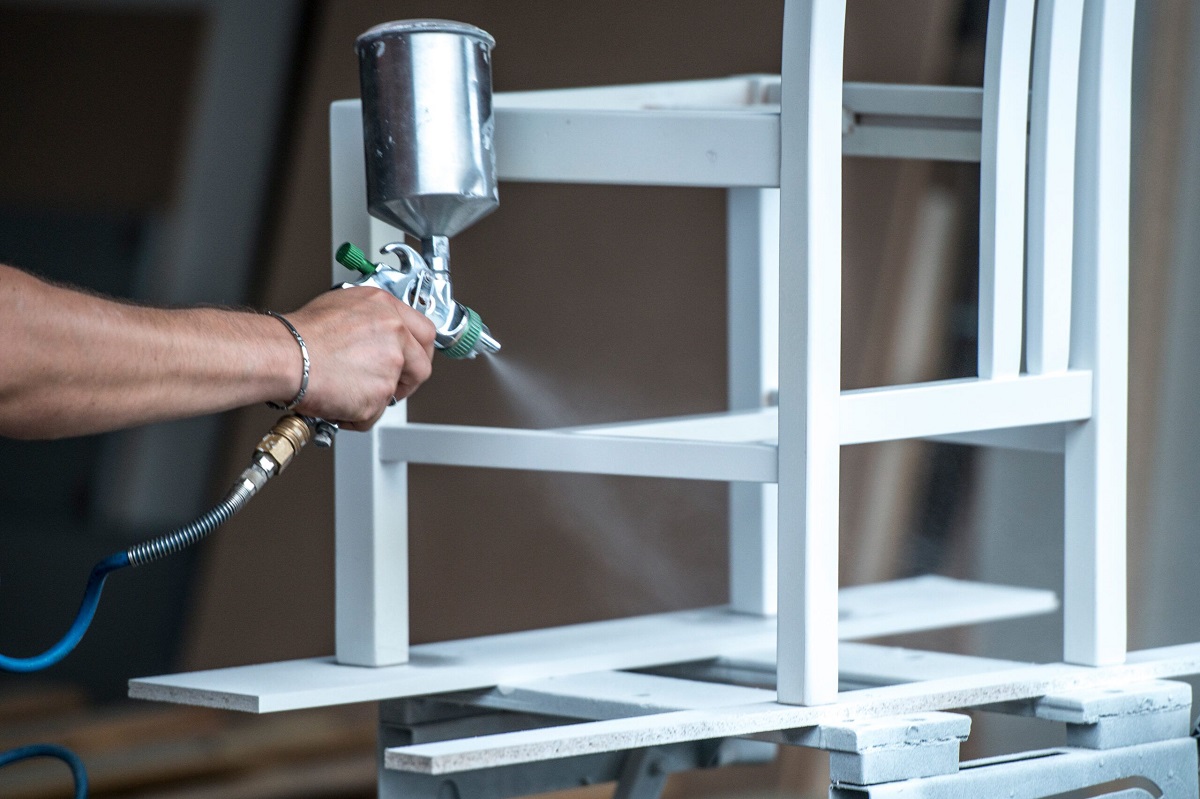

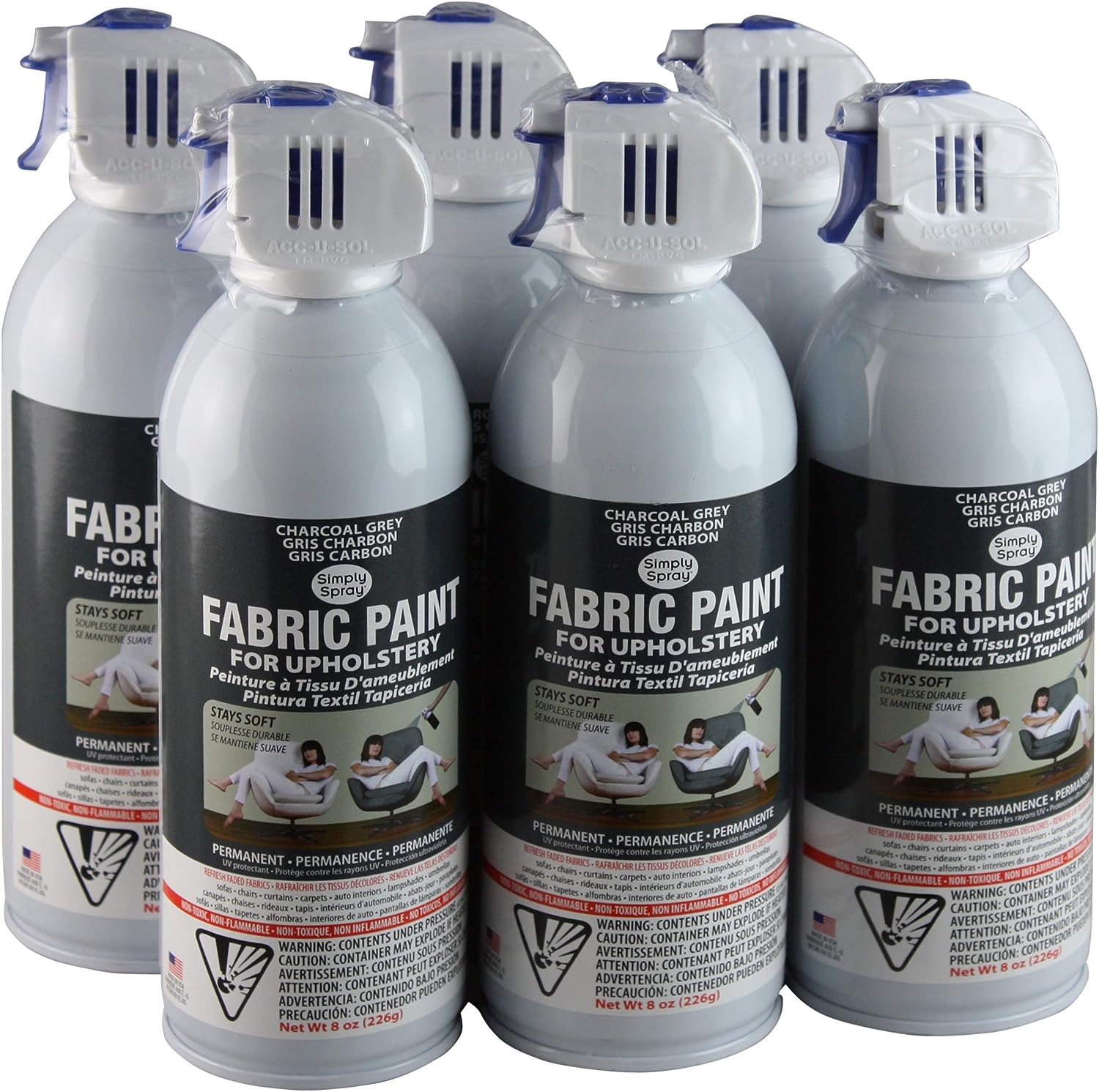

0 thoughts on “Why Is There A Glass Marble In Spray Paint”